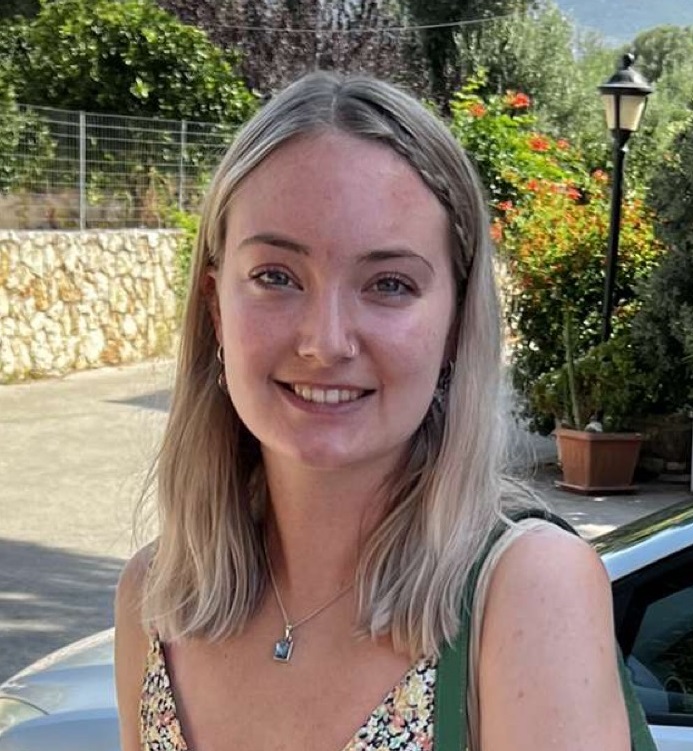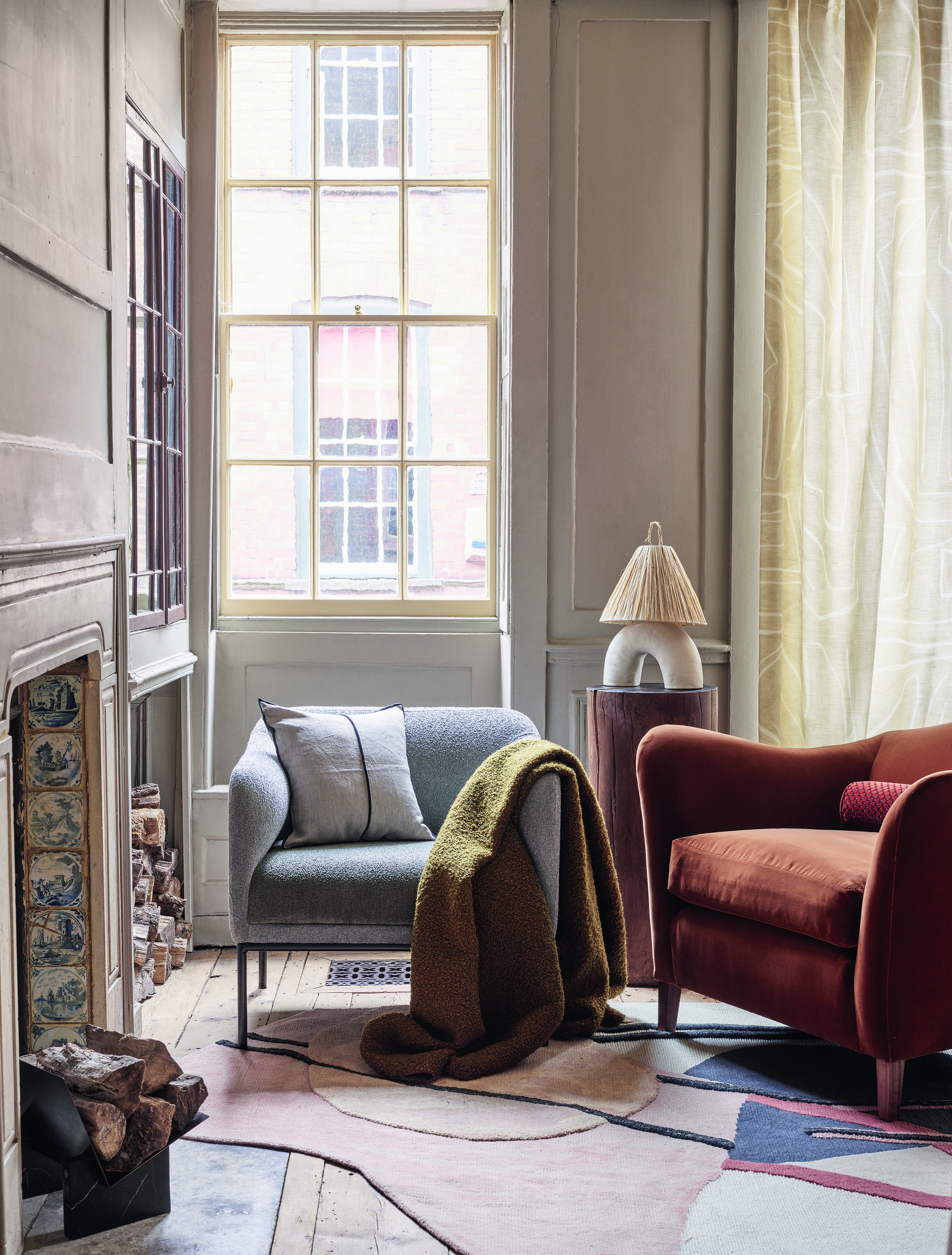What is seasoned firewood? The regulations you need to know about the best logs for your home
Seasoning your wood is vital for an energy efficient fire. These experts explain why, as well as how it can be done at home


The definition of seasoned firewood is something every homeowner with a working fireplace should know. While some of us can only dream of having a cozy wood burner or open fireplace in our home, owning comes with a lot of responsibility, and, unbeknown to some, lighting a cozy fire isn't simply a case of throwing on any old logs you find.
Not to make those without one enviable, but there really is nothing better than lighting a warm fire in the depths of winter as you snuggle up on the sofa with a good book. But while their aesthetic (and practical) benefits can contribute a lot to our living rooms, there are some important regulations around what you can and can't burn that you ought to be aware of.
'Many people don't understand that you can't just throw logs on a fire and they will burn,' explains David Sudworth, owner of Mr Soot Chimney Sweep and co-founder of Burnright. 'The practice of making a fire in the home is something of a lost art, but it's making a comeback - through necessity for some people.'
To decipher what can be, at times, a confusing set of rules, we've asked industry experts to explain what seasoned firewood actually is, when you should use it, and why they're the best type of logs to be burning in your fireplace.

Lilith is an expert at following news and trends across the world of interior design. She's committed to helping readers make the best choices in their homes through sharing practical tips, guides and explainers. For this piece she asked experts to explain the regulations behind seasoned firewood which make it the best type of wood to used in your home.
What is seasoned firewood?

When it comes to building the perfect fireplace, we often fail to spare a thought to our logs. Of course, for some of us the cozy wood pile is only for show, but for those that do intend on burning their logs, you should make sure they're the seasoned kind.
So what is seasoned firewood? 'The main types of wood are seasoned and kiln dried,' explains David from Mr Soot Chimney Sweep and co-founder of the Burnright campaign. 'Seasoned logs are basically those which have been cut, split and stacked to allow them to air-dry in the natural environment.' According to David, this process of 'seasoning' can take anywhere from 12-24 months, depending on the species of wood.
You might think your freshly cut logs look and feel dry to the touch, but the act of seasoning is all about reducing moisture content from within the wood itself. 'A freshly cut log will contain a lot of moisture, as much as 60%,' adds Erica Malkin from the Stove Industry Alliance.
The Livingetc newsletters are your inside source for what’s shaping interiors now - and what’s next. Discover trend forecasts, smart style ideas, and curated shopping inspiration that brings design to life. Subscribe today and stay ahead of the curve.
Seasoned wood, but regulatory standards, are logs with a moisture content less than 20%. 'They're distinct from kiln dried wood which has been dried in a kiln to speed up the drying process,' says Erica.
Why does firewood need to be seasoned?

Unsurprisingly, wood with a high moisture content isn't going to burn as effectively as wood which has had time to dry out. As Erica explains: 'The moisture content needs to be reduced for effective, efficient and low emission burning.'
It's not just a case of more efficient burning though. If you've ever used wet logs on your fire or wood burner before, you probably know about it. 'Burning wet logs produces a lot of smoke, can cause a corrosive build-up in the chimney over time and will blacken the glass in your stove,' says Erica. Correctly seasoned wood, on the other hand, burns hotter and cleaner, better for both your fireplace and the environment.
In England, there are regulations around selling wood for domestic use. Erica explains that it can only be sold in volumes of less than 2 cubic meters if it is certified as ‘Ready to Burn’ (confirming a moisture content of 20% or less). In the US, regulations differ state by state, but there is no ban on the sale of wet wood.
Can I season my own firewood?

While you can buy seasoned logs that are ready to burn (like these ones from Smoak, available on Amazon) it's perfectly possible to season them yourself at home if you have the space.
'Many people buy ready-to-burn kiln dried logs, which are simply wet logs which have been dried in a kiln, so the whole process of drying them naturally is skipped,' says David. 'But many enjoy the whole sourcing, cutting and splitting ritual, so wood seasoning is still popular.'
If you've taken down a tree in your garden and want to season it for use on your fire, start by leaving the large logs (before you split them) stacked out in the sun during the summer. Come fall, you'll want to split them into smaller logs, store and season your wood in a shed or garage.
'Once the moisture content in the wood is down to 20% or lower (you can buy a Moisture Meter which will give you a reading), then it is ready to burn.'
But how long is it likely to take? On average, wood will take at least a year to season properly, but, as Erica explains, different species of wood take different lengths of time to season. 'As a general rule, hardwoods, such as beech or oak, take two years to fully season, and softwoods and faster growing species, such as conifer, ash and birch, take about a year,' she explains.
How should I store my firewood?
When it comes to firewood storage, a log store is the perfect place. 'It doesn’t need to be anything fancy, just somewhere dry and protected from the elements,' says David. 'If you are planning to store logs against a wall, ensure there is a gap for air flow and to prevent the moisture from the logs from penetrating the bricks.'
There should be good airflow around and below your log store, so raise them up off the ground using a pallet where possible. A firewood storage rack like this one from Amazon is a good idea. Keep an eye out for tell-tale signs that your logs are reading to burn. 'A well-seasoned log will start to crack and split as it dries and the bark should fall off easily,' says Erica.

Lilith Hudson is a freelance writer and regular contributor to Livingetc. She holds an MA in Magazine Journalism from City, University of London, and has written for various titles including Homes & Gardens, House Beautiful, Advnture, the Saturday Times Magazine, Evening Standard, DJ Mag, Metro, and The Simple Things Magazine.
Prior to going freelance, Lilith was the News and Trends Editor at Livingetc. It was a role that helped her develop a keen eye for spotting all the latest micro-trends, interior hacks, and viral decor must-haves you need in your home. With a constant ear to the ground on the design scene, she's ahead of the curve when it comes to the latest color that's sweeping interiors or the hot new style to decorate our homes.